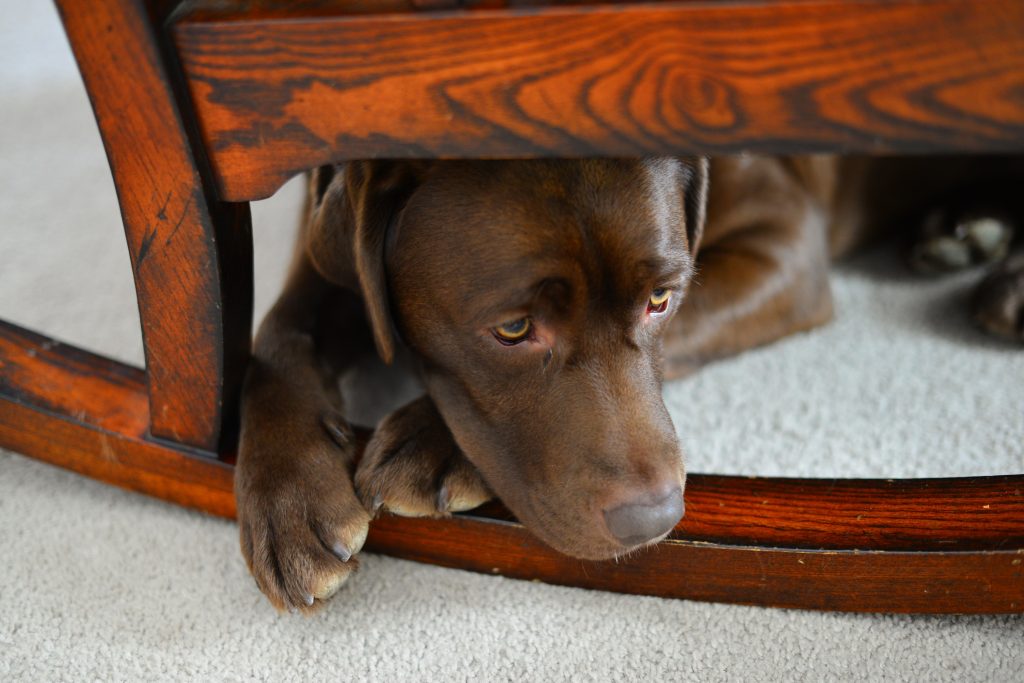Estimated reading time: 5 minutes
Do our pets experience grief?
In today’s world, our pets are very much part of our families and, while that reflects the way we feel about our pets, it also reflects how our pets feel about us.
Our routines rapidly become their routines, they share our immediate living space and so our excitement, anticipation, joy or sadness are all emotions that they get to see first-hand and every pet owner has seen how their mood can ‘rub off’ onto their companions, including their pets.

In a family setting, we are all someone’s companion: whether we are talking about other humans or other pets and, when a companion within the house dies, dogs and cats show signs that, in human terms, we would classify as grief. Just like people, our pets have different types of personality, some are sensitive others less so, some shy, others perennially boisterous, and so it is not surprising that animals also express their emotions in different ways. We know that animals can be affected by a sense of loss, loneliness and sadness and the most common signs of what we would call grief in domestic pets are; lethargy, a change in mood, a tendency to sleep more, loss of appetite, searching behaviour and, sometimes crying.
It may be that pets have less emotional intelligence than we do but that, too, is hard to substantiate scientifically. However, we do know that, in a situation of bereavement, whether it’s the loss of a human or of another animal, most pets will respond to gentle encouragement and distraction to help them deal with the loss of companionship.
What can we do to help them cope with grief?
Like us, our pets have become social animals and our family routines are an example of how we have all developed our own ways of living together. In most family groups, there is a leader: someone who leads the way, makes decisions for others and is there to be supportive. When our pet experiences loss, they may be mourning the loss of companionship as well as a loss of order and routine that they found to be normal and reassuring. The best we can do to help a grieving pet is to be there for them. That includes maintaining, as much as possible, their normal daily routines as this retains some structure for them which is reassuring, during any period of change.
We can add to this by giving them more attention through gentle encouragement, petting when they want it but being sensitive to their need for quiet periods too. Our pets take time to adjust to change, unless it’s through play, and one way to help our dogs and cats adjust to this new, lasting change is to find time to introduce more play into their day.

With dogs, this can be through additional walks in new, stimulating places, as well as more interactive games with a ball or other toy, maybe ‘search and reward’ games or learning new tricks and words. With cats, play may be more difficult, but cats are instinctive hunters and chasing a feather, a laser light or a tiny, fabric mouse on a thread is usually an instinctive response which can be encouraged. For cats that enjoy petting, more attention and more time spent on your lap may be a helpful way to interrupt the cycle of sadness and confusion. Many pets enjoy some aspects of grooming and a few minutes spent each day brushing their coats can provide reassurance and physical contact, but be sensitive to the animal’s own preferences and don’t overdo it.
In all things, whether with your cat or dog, patience is the key. Reward ‘good’ behaviour with the type of praise and encouragement that they are used to, and will respond to, but ignore, rather than discourage, unwanted behaviours such as howling or crying, as reacting to them can reinforce negative behaviour in the future.
If the behaviour is something that you cannot ignore, such as inappropriate toileting or digging in the lounge carpet, use gentle distraction to change the focus. If the negative behaviour persists, seek advice from your vet or a registered animal behaviourist but do not punish the animal, however stressful you may find the event.
How long will this last?
There is no easy answer to this as all animals are different and, in reality, much of their behaviour may be an involuntary response to the emotions that their human companions are displaying. If we are patient, gentle and encouraging, this will help our pets to adjust to changes in their routine by providing a structure that they find reassuring. New activities that have been introduced should be kept up, as consistency helps the new order to settle into place within the household, and there is nothing worse than the dramatic introduction of ‘loud’ affection that is turned on and off.
Be patient and consistent. This may take weeks and even months because the lost companion may have been there for the whole of your dog or cat’s life and will have left a significant imprint on them.
In the event of you, or your pet, mourning the loss of another animal, help and support is available online and some useful sites are shown below:


